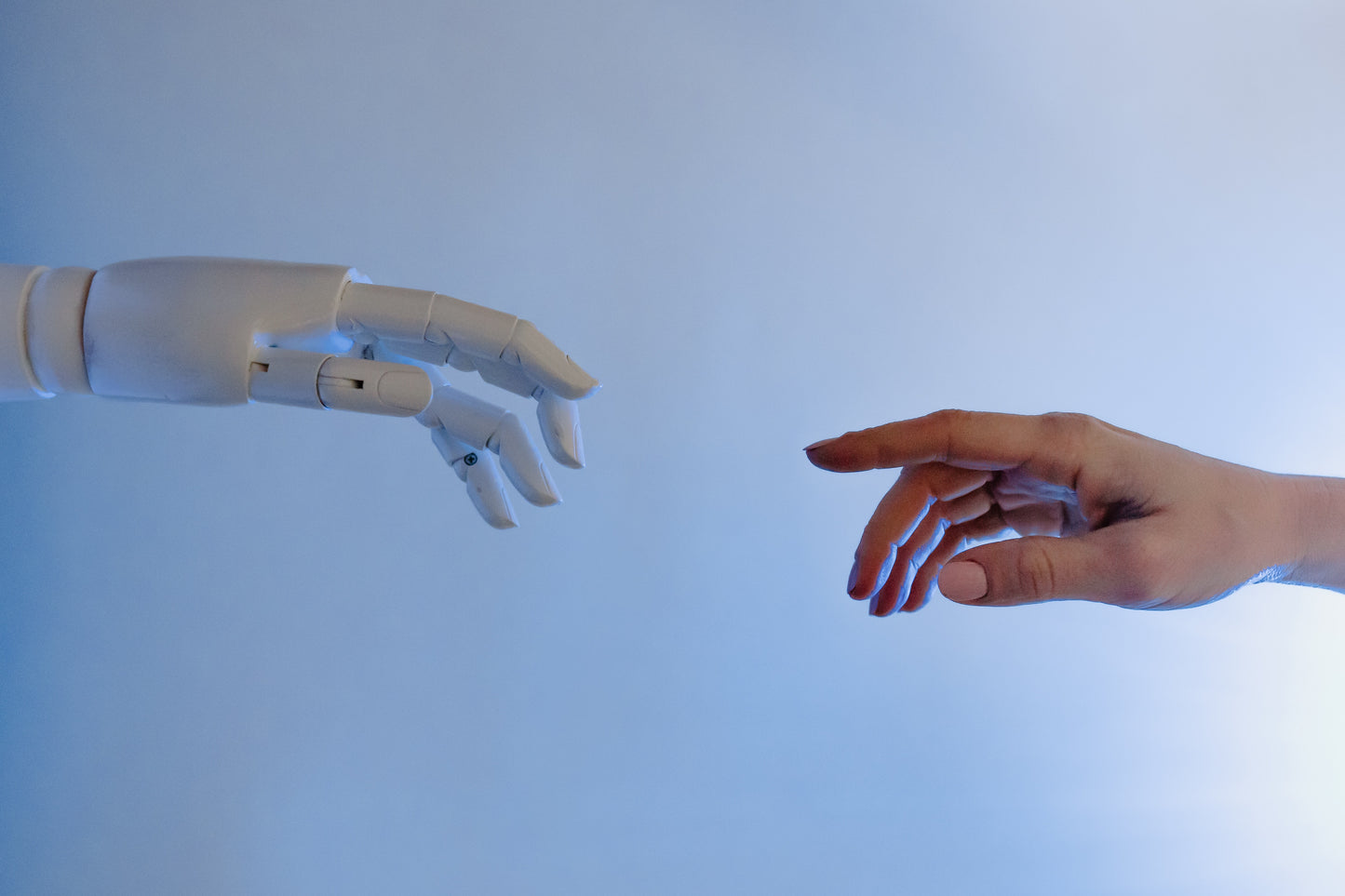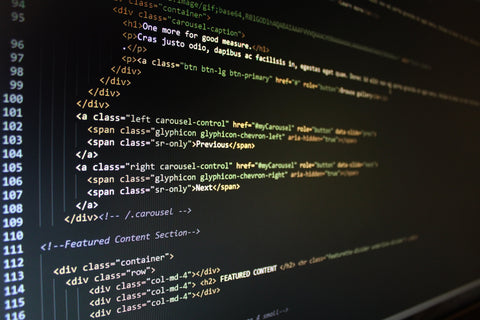
For many, the movie Terminator was our first introduction to the concept of artificial intelligence, or “AI”. The story of a cyborg assassin who was sent back in time to kill the future leader of the human resistance against machines. In a final showdown, the humans must face the Terminator, with the fate of the future of humanity at stake. In this dystopian future, society has collapsed completely in the figurative hands of artificial robot intelligence, however in the year 2023, science is indicating that they might be one of the reasons our environments stand a chance against climate change.
Artificial intelligence, sometimes known as AI, is the ability of machines or computers to carry out functions that historically, and typically, required human intelligence, such as seeing, learning, and solving problems. In order to enable robots to perceive their environment, analyze data, and make wise judgements (the way humans do) artificial intelligence involves building algorithms/computer programmes that can emulate or mimic human cognitive abilities. These algorithms have the ability to learn and develop over time based on the data they analyze and the feedback they get, without having that ability directly built into them.

We have been used to seeing AI do things like self-driving cars, analyze video and audio, and even recognize speech, but recent advancements are opening up a world of possibilities for AI technology. A huge example of this is how scientists are using AI to begin combatting the complicated issue of climate change.
Needless to say, climate change is incredibly complex and constantly changing, which makes it difficult for humans to act quickly and appropriately. Climate data sets are enormous and take a large amount of time to collect, analyze, and use to make informed decisions and enact actual policy change. This is where AI steps in. AI software is able to use analysis and predictive modeling to essentially show scientists the possible outcomes given current factors.

An example of this could be to coordinate with satellites to gather data in places of the world that are typically inaccessible during certain times of the year. For example in Winter months in the Arctic, the large reduction in ships traveling through also means a reduction in data for those months. By utilizing AI-powered robots, it would allow information to continue to be gathered with the technology providing predictions based on trends and patterns.
AI has a wide range of applications to assist in our battle against climate change. In terms of mitigation, it can be used to help measure emissions at both the macro and micro levels, reduce emissions and greenhouse gas (GHG) effects, and remove existing emissions from the atmosphere. Modeling by the Boston Consulting Group found that this technology can be used to reduce GHG emissions equal to 5% to 10% of an organization’s carbon footprint, or a total 2.6 to 5.3 gigatons of CO2e if scaled globally. Furthermore, AI technology can help farmers with accurate resource management, help plan “smart cities” that reduce waste and optimize energy, and quickly analyze satellite imagery to monitor environmental protection efforts across the globe.

Machine learning and predictive modeling has already suggested that Earth probably will cross the 1.5 degree Celsius threshold between 2033 and 2035, which would in turn increase heat waves, lengthen warm seasons and shorten cold seasons.
It is time that we faced the facts. Some level of intervention is desperately needed if we ever want to secure a future for generations to come, and with the cooperation of scientists, artificial technology, and everyone else on this planet, we may be able to address things before it gets too far.
